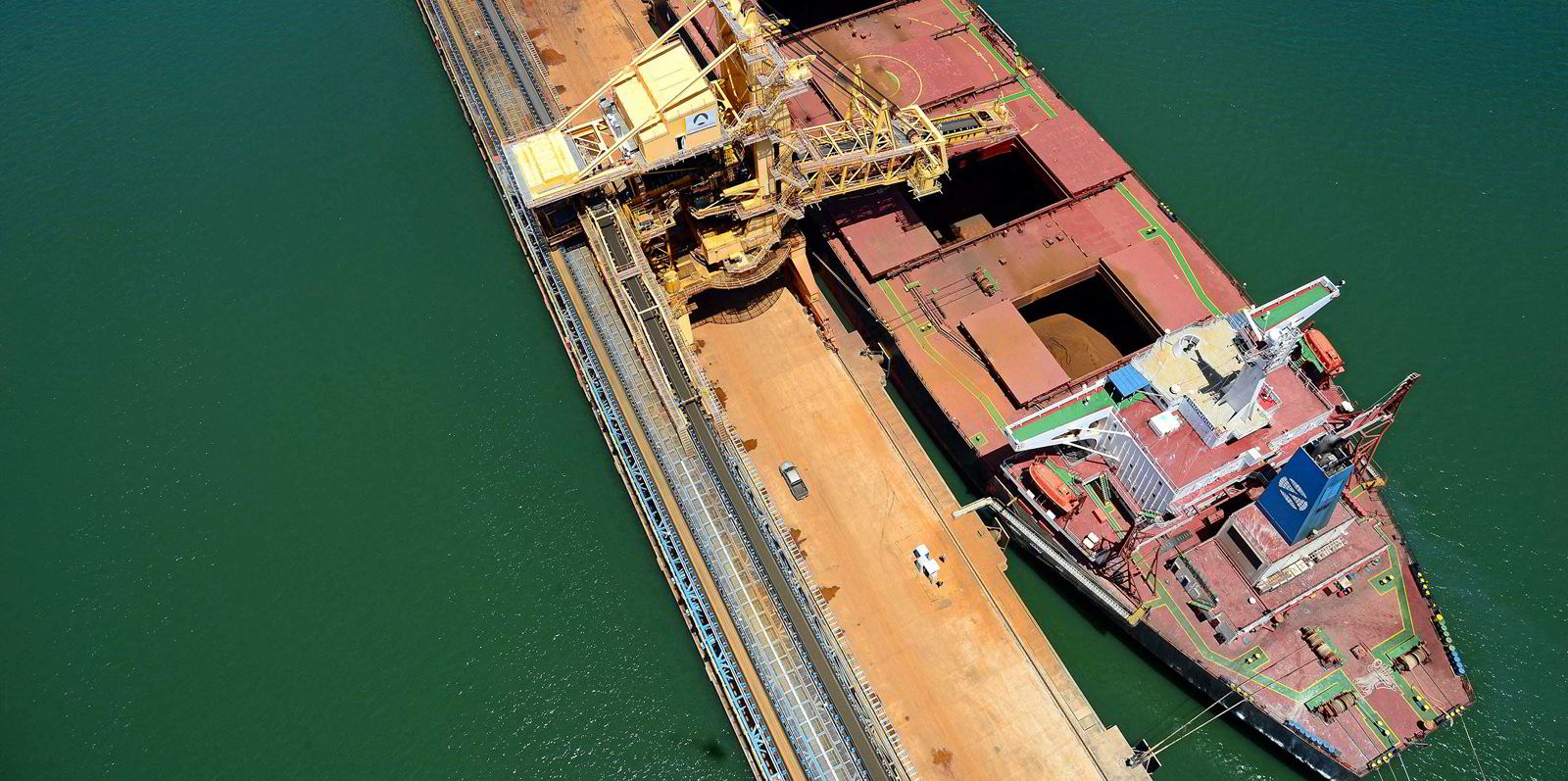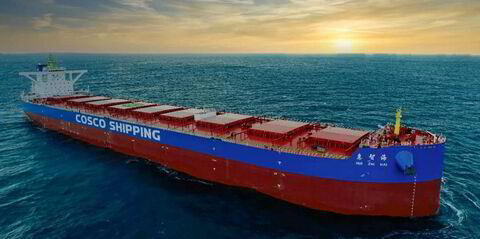A joint study into real-life carbon savings involving Japan’s Marubeni Group, software firm Napa and classification society ClassNK has shown emissions can be cut by up to 7.3% from vessel optimisation.
The analysis showed voyage optimisation can improve Carbon Intensity Indicator (CII) ratings by an average of 5% to 6%, enabling ships to maintain their ratings for an additional two to three years.
Potential reductions in fuel consumption and CO2 emissions were measured by “retro-optimising” each voyage to incorporate weather routing and ocean data on sea conditions in 2021 for a group of bulk carriers owned and operated by Marubeni maintaining the same departure and arrival times.
Improving a vessel’s CII rating by 5% to 6% in many cases enables it to move up one rank. ClassNK verified the calculated values and confirmed the results.
Marubeni owns a fleet of around 50 oceangoing ships, mainly bulkers and LNG carriers.
The research was carried out using Napa’s ship performance model and voyage simulation tools.
“Our analysis shows that substantial emissions reductions can be achieved with tools that are available today,” said Napa Japan managing director Naoki Mizutani.
Takayuki Hase, general manager of the ship department at Marubeni, said the study could provide clarity for the entire maritime industry on how it can collectively reduce its carbon footprint through digital solutions.
ClassNK general manager of digital transformation Yoshimichi Sasaki said: “CII implementation poses challenges to shipping companies not just to ensure compliance but to plan and manage greenhouse gas emissions from their fleet, which directly impacts their competitiveness.”




